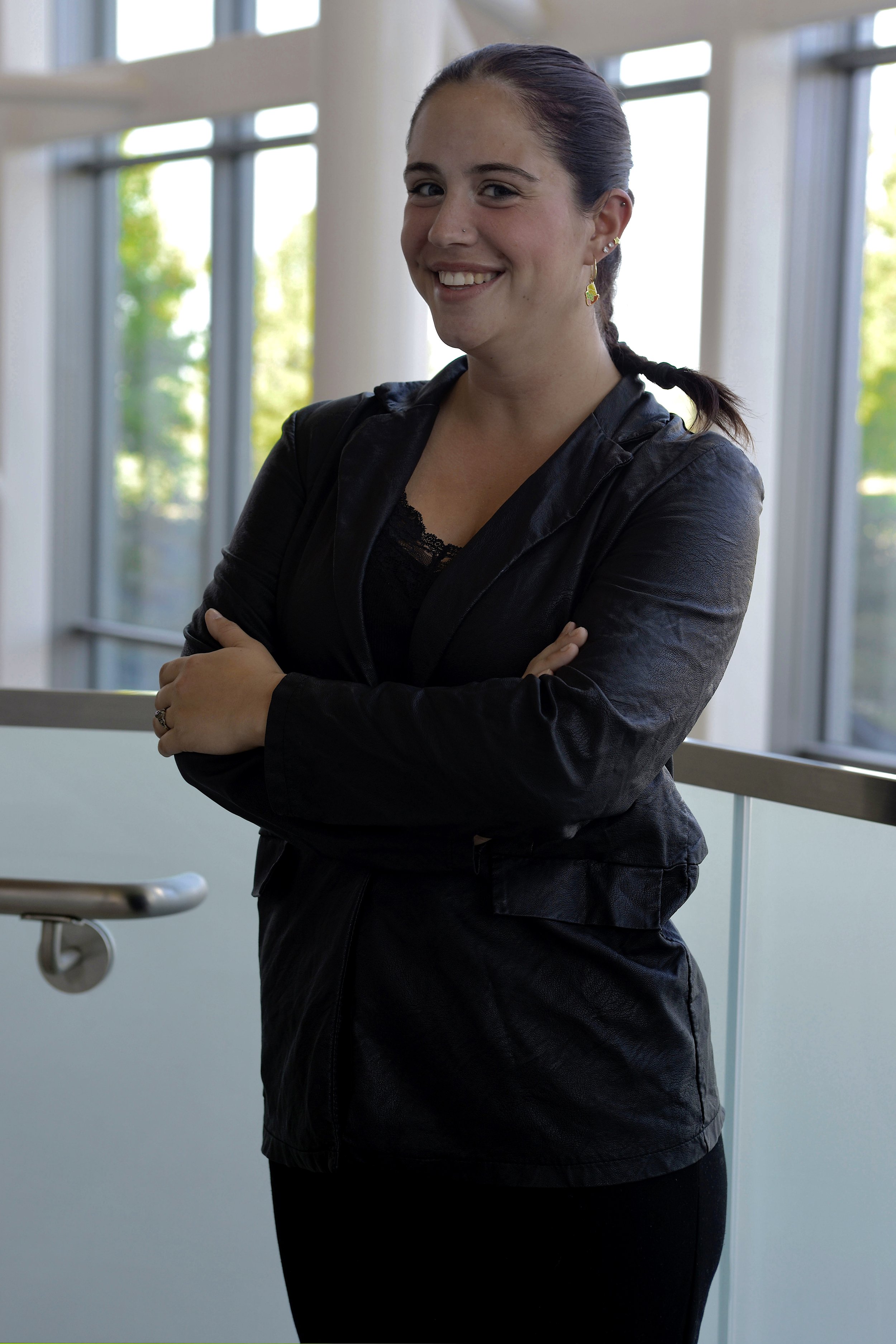Beyond the Rack: How Thrifting Reshaped My View of Fashion and Communication
I’ve been exclusively thrift shopping for two years. What began as a small act of sustainability became a turning point in how I view fashion, creativity, and communication.
As someone studying and working in business, I began to notice parallels between the world of secondhand shopping, the stories brands tell, and the ones we tell ourselves. These concepts develop identity and push authenticity while still navigating trends. Just as brands differentiate themselves through authentic narratives, thrifting taught me to determine my style through unique pieces of clothing. Both are about resisting sameness and telling a story that resonates. It is important to slow down and value originality over trends.
Why I Thrift Exclusively Now
At first, I thrifted because it was what I could afford with my student budget. But the more I explored, the more I realized shopping secondhand offered a story that new clothes can’t. Each piece has lived a life before me, and wearing it feels like continuing the story.
Storytelling drew me into the world of public relations. Thrifting helped me understand that what we choose to wear reflects who we are and what we stand for.
In the past few years, thrifting has become mainstream. As someone who studies audience behavior and trends in marketing, it’s been fascinating to watch thrifting become a trend. On one hand, it’s exciting to see sustainability efforts gain traction. On the other hand, rebranding thrifting as “vintage shopping” risks taking away from communities that have historically relied on it for survival.
With any rebrand, there’s nuance. The rise of reselling and price inflation has made some secondhand spaces less accessible. Additionally, the sustainable purpose of thrifting becomes lost in profit. There’s nothing wrong with stores that curate exclusively higher-end pieces, but this shift can deter the original target audience, like families and low-income communities.
Agency, Access, and Power of Secondhand
My favorite aspect of thrifting is that it provides people agency. It challenges the fast-fashion industry by inviting consumers to slow down their purchases. Secondhand shopping also levels the playing field because by extension, it makes fashion interviews, office jobs, and promotions accessible. It shows that wealth or status isn’t needed to appear professional. Thrifting proves that expression doesn’t have to be expensive, and that strong presentation comes from adaptability and resourcefulness.
Thrifting on my study abroad in Japan
A Beginner's Guide to Thrifting
If you’re interested in thrifting, there are some tips to consider before you begin:
Be patient. Great finds take time — that’s what makes them meaningful.
Stay open-minded. Try new styles, mix decades, and see what resonates with you.
Upcycle. A small alteration can create a new piece.
Visit often. Inventory changes constantly, and the hunt is part of the experience.
Start local. Community-based thrift stores often support great causes.
If you prefer to shop from home, check out online platforms like Depop, thredUP, or Poshmark.
Fashion and Communication.
Thrifting has changed how I think about fashion and communication. I love that it offers an opportunity to craft from what already exists. That mindset translates directly into the communications industry, where creativity and authenticity matter most. Applying this ideology to how we shop, maybe we’d buy less, express more, and find that storytelling begins with us.
About Annah
Annah Stang is a senior at Grand Valley State University studying Marketing and Communications. She’s passionate about accessibility, storytelling, and how business practices can inspire social change. As the Marketing Project Manager for the GVSU Promotions Office, she assists in developing campaigns and supporting staff. She will earn her Master of Nonprofit Administration from Notre Dame in 2027, and hopes to work in Advancement roles.


